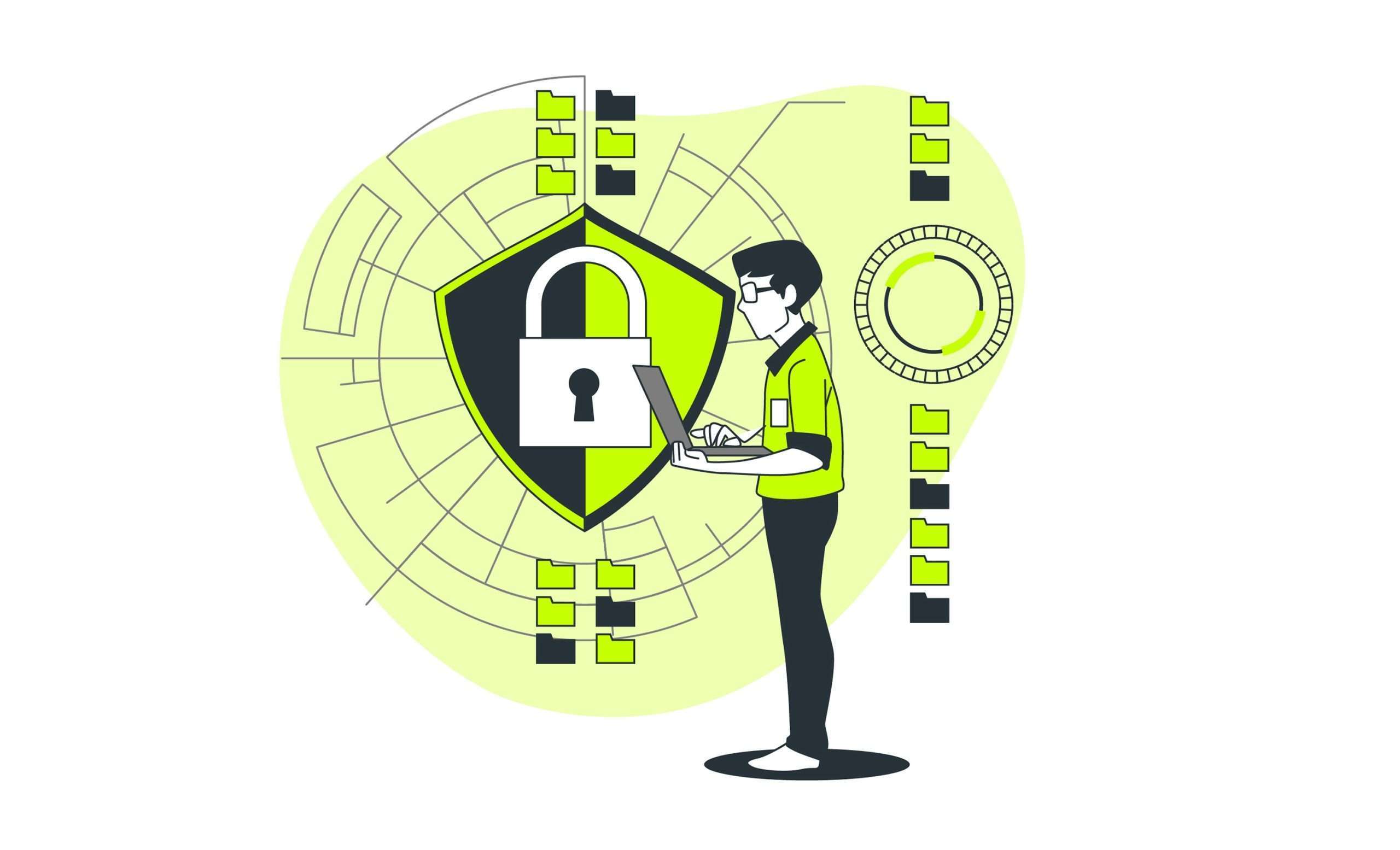IT managers play a crucial role in ensuring cybersecurity by developing and implementing strategies that protect an organization’s digital assets from various cyber threats.
They are responsible for maintaining the integrity, confidentiality, and availability of data, managing the IT staff, and liaising with other departments to create a culture of security awareness within the company.
How do IT managers assess the cybersecurity needs of a company?
The first step in securing a company’s digital environment is to conduct thorough risk assessments.
IT managers analyze existing security measures, identify potential vulnerabilities, and evaluate the risk level associated with various cyber threats. This involves looking at both the hardware and software aspects of the business and considering the human factor in security breaches. 🤖👤
By understanding the threats, IT managers can prioritize resources and create a tailored cybersecurity strategy that aligns with the company’s objectives and industry best practices.
Beyond assessments, IT managers stay informed on emerging threats by monitoring cybersecurity trends and leveraging threat intelligence. These insights help them adjust their security measures proactively rather than reacting to incidents after they occur.
They also need to ensure they are compliant with the relevant laws and regulations ⚖, such as GDPR or HIPAA, which further influence their cybersecurity strategies.
What strategies do IT managers implement to strengthen cybersecurity?
After assessing the threats and requirements, IT managers must design and implement technical defenses. These defenses often include firewalls, antivirus software, intrusion detection systems, and encryption protocols.
They also work on establishing secure access controls to ensure that only authorized individuals can access sensitive information. By deploying a layered defense strategy, IT managers make it more challenging for uninvited guests to penetrate the system.
Furthermore, IT managers play a leading role in implementing security policies and procedures, such as incident response plans and data backup strategies. They must ensure that these policies are regularly reviewed and updated based on new threats or changes in the company.
Employee training programs on topics such as password security and phishing awareness are often spearheaded by IT managers, as human error can often be the weak link in cybersecurity.

How do IT managers maintain cybersecurity over time?
Cybersecurity is not a one-time setup but an ongoing process. IT managers must continually monitor the company’s network and systems, looking for irregularities that might indicate a breach or an attempted intrusion. This involves managing security software, updating systems and defenses, and regular penetration testing to identify potential weaknesses before attackers do.
It is also essential to keep all aspects of the IT infrastructure up to date with the latest patches and software updates 📚🚨. IT managers oversee this process, sometimes using automated patch management systems, to mitigate vulnerabilities that could be exploited.
They must also plan for how the company will respond and recover from an incident, should one occur, which includes having a robust disaster recovery plan in place.
How do IT managers promote a culture of cybersecurity awareness?
A critical part of an IT manager’s job is to promote awareness of cybersecurity throughout the organization. They achieve this by providing regular training sessions, sending updates about recent threats, and advocating for best practices.
IT managers encourage staff to report suspicious activities and educate them on the potential impacts of cyber threats, thus fostering a proactive approach to cybersecurity.
In addition, they champion the integration of cybersecurity considerations into the broader business strategy and decision-making processes. By making cybersecurity a company-wide priority, IT managers can ensure that all departments understand their role in protecting the organization’s digital assets.
Integration can also foster better support and resources from top management, vital for adequate cybersecurity posture.

Conclusion
In conclusion, IT managers are at the frontline of ensuring cybersecurity within organizations. They start by assessing the cybersecurity needs of the company and then move on to implementing strategic security measures tailored to those needs. 🛡️
Maintenance is ongoing; it requires surveillance and regular updates to stay ahead of cybercriminals. Lastly, fostering a culture of cybersecurity awareness across the organization helps to mitigate risks associated with human error and keeps cybersecurity at the forefront of the company’s agenda.
For an extensive list of cybersecurity tips, check out our 52 Notable Cybersecurity Tips for Robust Digital Protection.
- The Agentic Startup Manifesto - June 8, 2025
- Remote Hiring in 2025 - April 5, 2025
- Burnout in Remote Teams: How It’s Draining Your Profits - January 27, 2025
